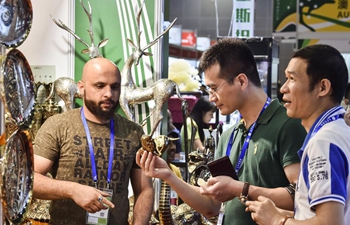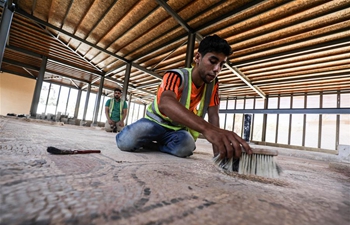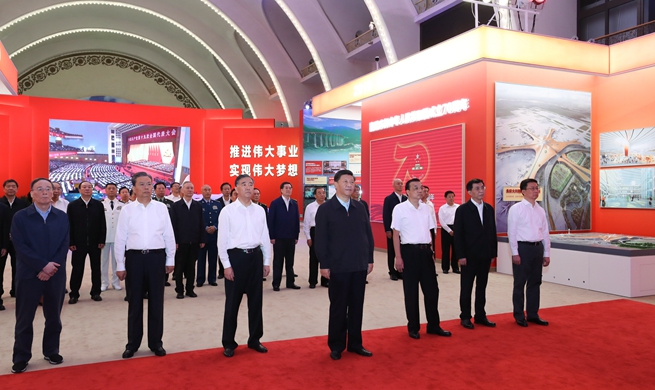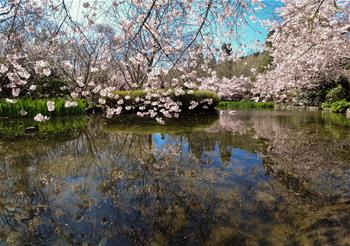XIAMEN, Sept. 24 (Xinhua) -- In the husks of abandoned factories in the eastern China city of Xiamen, a cluster of avant-garde shops, galleries and restaurants draw people back and forth from the past to the present with its industrial look paired with modern innovation.
Autumn sunshine beams into a coffee shop transformed from the former factory of the Xiamen Overseas Chinese Electronic Co., Ltd., where its old steam boiler is still kept in place and across the hall is an art gallery.
Fang Guoxi, the architect, said he wants people to "breathe the smell of new life in the once-abandoned building."
The 2.5-square km Huli District of Xiamen was among China's first special economic zones (SEZ) approved in 1980. Its SEZ pilot was later expanded to 131 square km over the entirety of Xiamen.
The reform and opening-up initiative helped turn the former fishing village in Fujian Province into a mainland-Taiwan trade pioneer.
"At the peak SEZ development period, more than 600 companies set up factories in Huli district," he said.
However, around 2010, many companies moved their production lines out of the district due to the shortage of land resources and rising cost, leaving the old factories abandoned.
"Chimneys and steam boilers have become industrial heritage. We want to keep them while searching for and nurturing new economic impetus," said Chen Feng, a district official in Huli.
To that endeavor, the district government rolled out a series of favorable policies to attract investors and talent, such as reducing tax and rent.
Four cultural and innovation parks have been established in the area, including a cross-strait architecture design park, a movie-themed park, a fashion design park and a cultural and innovation park.
The fashion design park is now home to more than 100 companies. In 2013, a real estate company spent 120 million yuan (17 million U.S. dollars) to upgrade an old cigarette factory into a loft-style architecture integrating its past industrial elements such as machines, cement and pipes with fashion decor. It has become the largest center for fashion shows in southern China.
Culture-related firms in Huli generated 13 billion yuan in revenue in 2018, up 25.4 percent year on year.
Huli's urban planning model is appreciated by fashion lovers.
"Preserving industrial heritage keeps memories of this place while allowing people to explore new possibilities," said the architect Fang.
He said this place is still bustling. Although there are no factories busy churning out products, burgeoning modern service industries match the city's development trend and the needs of locals for a better life.

















